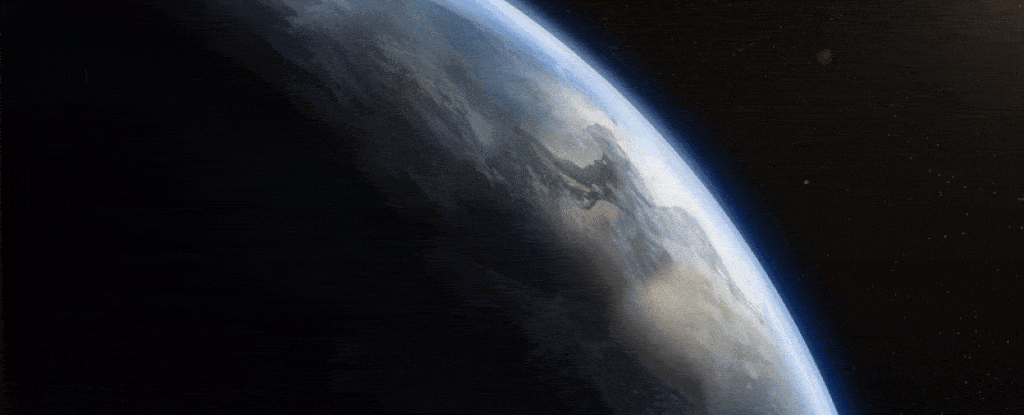Resources, Vol. 12, Pages 128: Rigid Polyethylene Terephthalate Packaging Waste: An Investigation of Waste Composition and Its Recycling Potential in Austria
Resources doi: 10.3390/resources12110128
Authors: Viktoria Helene Gabriel Andreas Schaffernak Manuel Pfitzner Johann Fellner Manfred Tacker Silvia Apprich
The need for increased recycling of plastic packaging waste (PPW) is apparent from a legal and waste management perspective and, therefore, further waste streams need to be investigated in detail in terms of their recycling potential. Polyethylene terephthalate (PET) PW is already closed-loop recyclable (bottle-to-bottle recycling); however, other rigid PET PW is mainly thermally recovered. Explicit quantitative and qualitative data on rigid PET packaging waste are limited. Therefore, this study investigates the composition and packaging characteristics of rigid PET packaging waste contained in separate waste collection as well as in the mixed PET sorting stream in Austria by conducting a manual sorting analysis. Furthermore, the waste volume is projected, and the recycling potential is extrapolated according to new European recycling rate reporting formats. The results show that approximately 11% of separate collection represents rigid PET packaging waste. Most PW derives from food packaging and is transparent. Contained residues with more than 1% of the total packaging weight might negatively impact the sortability. The applicable net quantity indicator (ALR) amounts to 0.888 at the stage of sorting. The volume of rigid PET PW is extrapolated to 26–36 kt in 2020 with a high-quality recycling rate of 25%, which contributes 2.6% to the Austrian PPW recycling target of 50%.

 11 months ago
43
11 months ago
43

